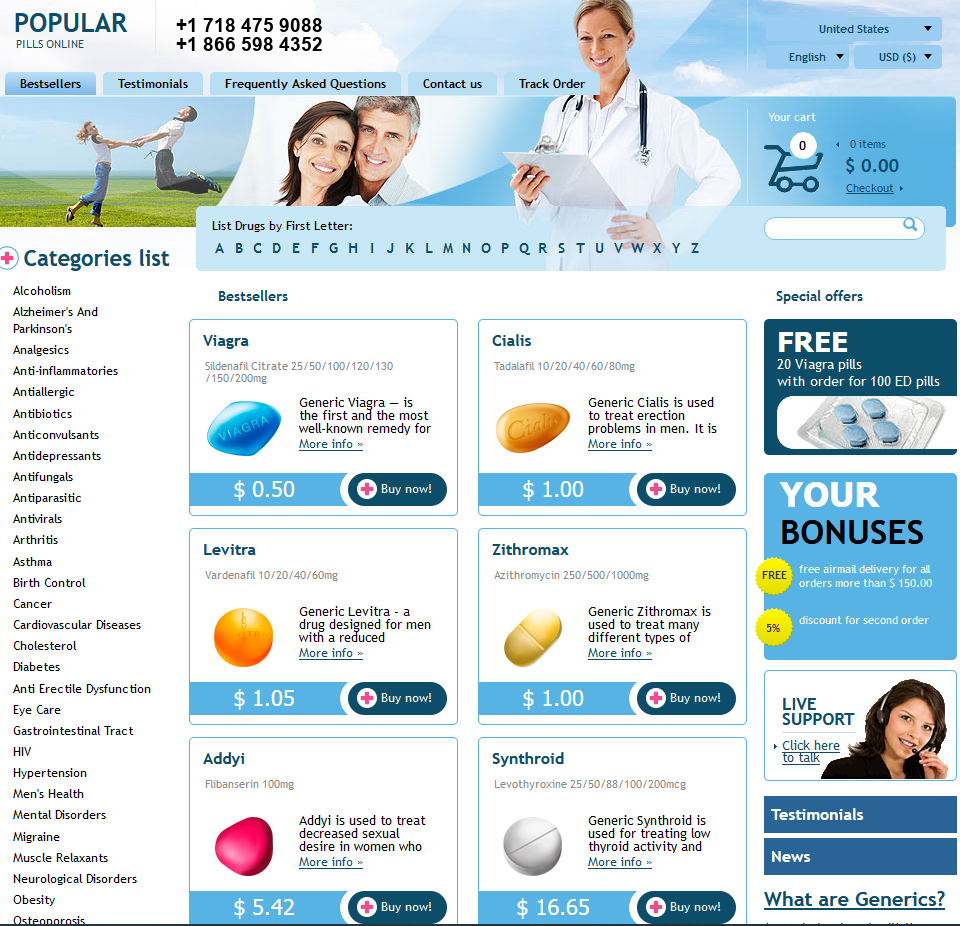Click HERE To Buy Hydroxychloroquine Online ↓
 Hydroxychloroquine in Autoimmune Disease Management
Hydroxychloroquine in Autoimmune Disease Management
History of Hydroxychloroquine Use in Medicine
From the buzzing malaria clinics of the 1950s to present-day rheumatology offices, hydroxychloroquine has undergone a remarkable journey in medical treatment. Originally derived from chloroquine, it was first introduced as a safer, better-tolerated medicine for malaria. Early on, doctors observed unexpected improvements in joint pain and inflammation among patients taking the drug.
This serendipitous discovery set the stage for hydroxychloroquine’s pivotal role in autoimmune care. By the late 20th century, the medication became a mainstay in managing conditions like lupus and rheumatoid arthritis, dramatically changing patient outcomes.
Its reliable safety profile and ease of oral administration further increased its popularity among clinicians. Over time, hydroxychloroquine has earned its reputation as a cornerstone therapy in chronic disease management.
| Year | Milestone in Use |
|---|---|
| 1955 | Approved for malaria treatment |
| 1960s | Adopted in autoimmune diseases |
| 1990s | Widespread rheumatology use |
How Hydroxychloroquine Works in the Body

Once taken, hydroxychloroquine is absorbed and distributed throughout the body, reaching immune cells where it exerts its effect. The drug alters the internal pH of cell structures called lysosomes, interfering with the way immune cells process and present antigens.
By disrupting these processes, hydroxychloroquine reduces the overactivity of the immune system, which is the hallmark of many autoimmune diseases. It also modulates inflammatory pathways, helping to prevent damage to healthy tissues and supporting better disease control for patients.
Key Autoimmune Diseases Treated with Hydroxychloroquine
For countless patients living with chronic autoimmune conditions, hydroxychloroquine has become a trusted ally. Most famously, it is a cornerstone in the management of systemic lupus erythematosus (SLE), where it helps control symptoms such as joint pain, skin rashes, and fatigue. Its benefits extend beyond SLE, providing effective disease control for many individuals navigating the challenges of rheumatoid arthritis.
The medication’s mild immunomodulatory action makes it a favorable option, especially for those who require long-term therapy. Hydroxychloroquine also plays a pivotal role in managing less common autoimmune diseases, such as Sjögren’s syndrome, helping to alleviate symptoms like dryness and inflammation. For many, its established safety profile and versatility offer hope and a tangible improvement in day-to-day quality of life.
While it may not be a cure, hydroxychloroquine stands as a valuable piece of the therapeutic puzzle. It remains a staple due to its ability to stabilize disease activity and reduce dependence on steroids or stronger immunosuppressants. For autoimmune patients, this means greater control over their health and often, a renewed sense of normalcy.
Benefits and Effectiveness for Autoimmune Patients

For many living with autoimmune conditions, hydroxychloroquine has transformed daily life by reducing painful symptoms and helping control flare-ups. Patients with diseases such as lupus and rheumatoid arthritis often report improved joint mobility, less fatigue, and fewer skin rashes after starting this medication. With its ability to modulate immune responses, hydroxychloroquine helps prevent the immune system from attacking healthy tissues, promoting lasting remission in many cases.
Studies show that people on long-term hydroxychloroquine therapy experience fewer disease relapses and may require lower doses of other medications like steroids, minimizing their risk of side effects. For many, it provides a manageable, effective option to maintain a higher quality of life.
Potential Side Effects and Safety Considerations
Hydroxychloroquine is generally considered well-tolerated, especially with long-term use in autoimmune disease management. However, patients may experience mild side effects such as gastrointestinal upset or skin rashes, which typically resolve on their own. Some individuals might notice changes in vision, so regular ophthalmological exams are essential to monitor eye health throughout therapy.
The risk of more serious complications is often related to the cumulative dose and duration of treatment. Rarely, cardiac or muscular problems can develop, making periodic monitoring by healthcare providers crucial. Patients are encouraged to report new or unusual symptoms promptly to ensure proactive care and safe continuation of hydroxychloroquine therapy.
| Possible Side Effect | Recommended Monitoring |
|---|---|
| Visual changes | Ophthalmological exam every 6-12 months |
| Digestive upset | Routine clinical evaluation |
| Heart issues | Clinical and ECG assessment as indicated |
Future Directions and Ongoing Research Developments
Exciting developments continue to shape the landscape for hydroxychloroquine in autoimmune medicine. Researchers are actively exploring novel formulations, such as targeted delivery systems, that could minimize side effects and boost drug efficacy. Studies are also underway to better understand the genetic markers that predict a patient’s response, moving the field closer to personalized therapy. Beyond established uses, scientists are examining whether hydroxychloroquine might benefit newly identified autoimmune conditions or work synergistically with emerging biologic drugs.
Advanced imaging techniques and biomarkers are helping clinicians monitor treatment effects more precisely, enabling earlier adjustments for optimal patient outcomes. Large-scale trials aim to clarify long-term safety, particularly regarding retinopathy risk and cardiovascular health. As scientific tools become more sophisticated, the goal is to refine hydroxychloroquine’s role—making treatment safer, more effective, and tailored for future generations of autoimmune patients.

